The scores were level, the stakes high and in the dying minutes the suited deer went to the free throw line five times to win the game.
A suited deer!
The image of the suited deer is not metaphor or a riddle it is a mnemonic that I use to remember the word ‘acudir’.
Some time ago I was working on my Spanish and I came across an article on ‘El País’.
The article was about a basketball game the Lakers had recently won after a high conversion rate from the free throw line.
I was reading the article because I am a basketball fan and because I know that reading the newspaper in Spanish is a useful technique for boosting vocabulary. The idea is to look for articles that you would read ordinarily in English but instead see if you can find them on a Spanish newspaper website.
In the article I found a word that was unfamiliar to me and since I was reading the article specifically for the purpose of improving my vocabulary I didn’t want to brush over the words I didn’t know.
The sentence went along the lines of …
… los Lakers acudieron un total de 34 veces a línea de tiros libres …
It turned out that ‘acudieron’ was the past preterite third person plural of ‘acudir’.
When I first said the word out loud I instantly thought – this is going to be a tricky one to remember – so I wanted to find a mnemonic that would help me commit it to memory.
I choose the image of a suited deer because when you hear ‘acudir’ said out loud it almost sounds like ‘a suit deer’. This doesn’t sound perfectly the same but it’s close enough to help me easily remember it.
The word ‘acudir’ has a few slightly different meanings depending on the context but here I pulled the following meaning from a Spanish to Spanish dictionary:
Acudir – ir con frecuencia a algún lugar.
So in the context of the article the Lakes returned frequently to the free throw line to win the game.
Once I understood the meaning of the word in context I used a visual of a suited deer stepping onto the free throw line with a basketball in hand to aid in committing the word to memory.
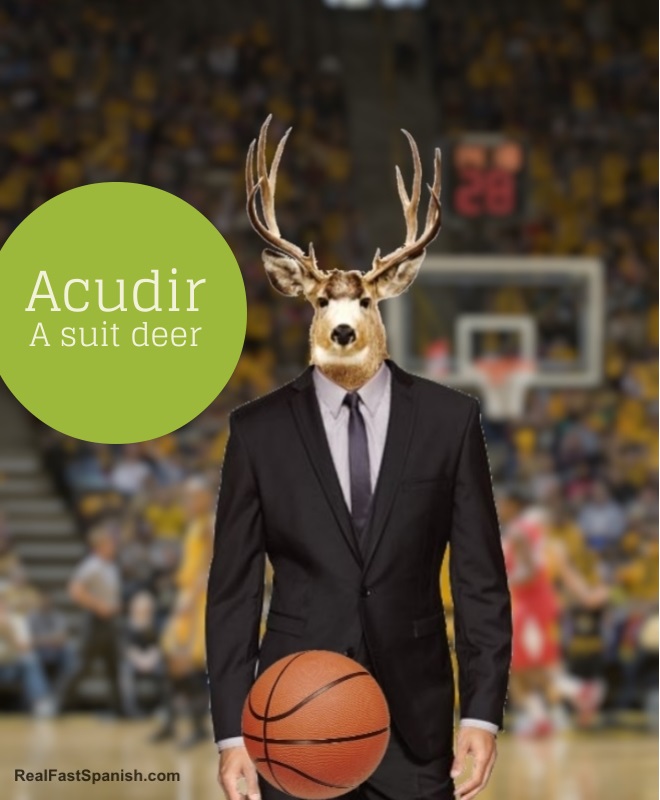
A suited deer…playing basketball – it is bizarre concept but that is the point.
What Are Mnemonics?
Mnemonics by definition are simply learning techniques, devices or tools that aid in retention of new information. They are specifically designed to improve your memory.
Some common mnemonics that you may already be familiar with are
- ROYGBIV for remembering the colours of the rainbow (Red, Orange, Yellow, Green, Blue, Indigo, Violet)
- Every, Good, Boy, Deserves, Fruit for remember the staff lines or notes on a treble clef (E, G, B, D, F)
- Righty tighty, lefty loosey for remember which way to turn a screw to tighten or undo it
- SOH CAH TOA for remembering the sides of triangle in trigonometry
Another favourite Spanish mnemonic of mine is:
Los problemas son masculinos, las soluciones son femeninas.
This helps you remember that ‘problema’ is a male noun even though it ends in an ‘a’ and ‘solución’ is a female noun.
There are lots of mnemonic devices out there and the reason we create them is because they are effective. If you want to get more out of your study you should start incorporating mnemonics where you can.
Choosing An Effective Mnemonic
There are three steps to consider when choosing a good mnemonic:
1. The mnemonic should be more memorable than the information it represents
If your chosen mnemonic requires you to commit a lot separate pieces of information to remember one (eg five separate numbers to remember a single word) then consider finding an alternative.
The more outrageous or unexpected your mnemonic, the better (eg. the suited deer), our brains love novel ideas and the more interesting or intriguing the idea, the easier it is to remember.
Sometimes it even helps if your mnemonics are explicit but to keep a PG rating on my blog I’m going to avoid sharing explicit mnemonics examples including the ones I have created for myself to help remember certain Spanish words.
2. It helps if the mnemonic is visual
Our minds are wired to remember visual images. This is why it is far easier to remember a face than a name when you meet someone new. In other words, the image of the person is easy to retain because it is a visual but a name is an abstract concept. It is much harder to commit abstract concepts to memory than images. Hint: You can also create visual mnemonics to help remember people’s names.
When brainstorming concepts for Spanish words always see if you can find a visual first before you consider other mnemonics such as rhymes or clever turns of phrase.
3. Ideally the mnemonic should be easily tied back to the meaning of the word
In an earlier post I showed the picture of a grassy-arse as an example of a mnemonic for remembering thank you in Spanish.
The image of the ‘grassy-arse’ fits the first two criteria because it is simple, visual and unexpected. Where it falls over is that it is difficult to link the image back to the abstract idea of thanking someone.
Maybe you could imagine that someone gave you this grassy arse as a present and the first thing that came to mind was … thanks?!?!?
The image of the suited deer is difficult to link back to the concept it represents but that is why I have the suited deer with a basketball in hand at the free throw line – it reminds me that the deer has to return frequently to the place (the free throw line) like the Lakers did to the win the game.
More Spanish Mnemonic Examples
Here are some more Spanish mnemonics that you can use for inspiration and get your creative juices flowing:
Comer (combed hair) – comer means to eat so maybe you could visualize eating from of plate of perfectly combed hair … ewww!!

Practicar (a science prac in a car) – which is of course a perfect place for practicing science
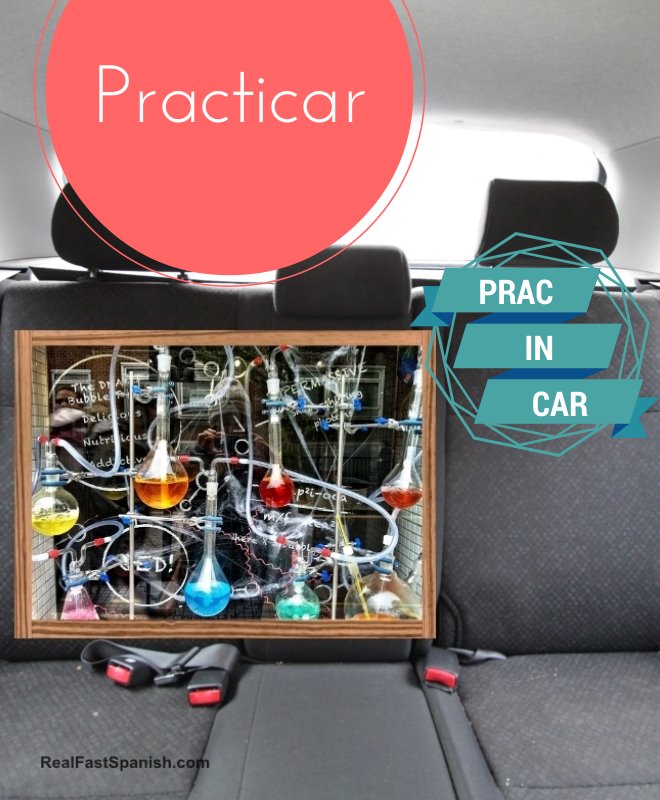
Mes (Picture of a month with a mess all over it) – a dirty messy month.
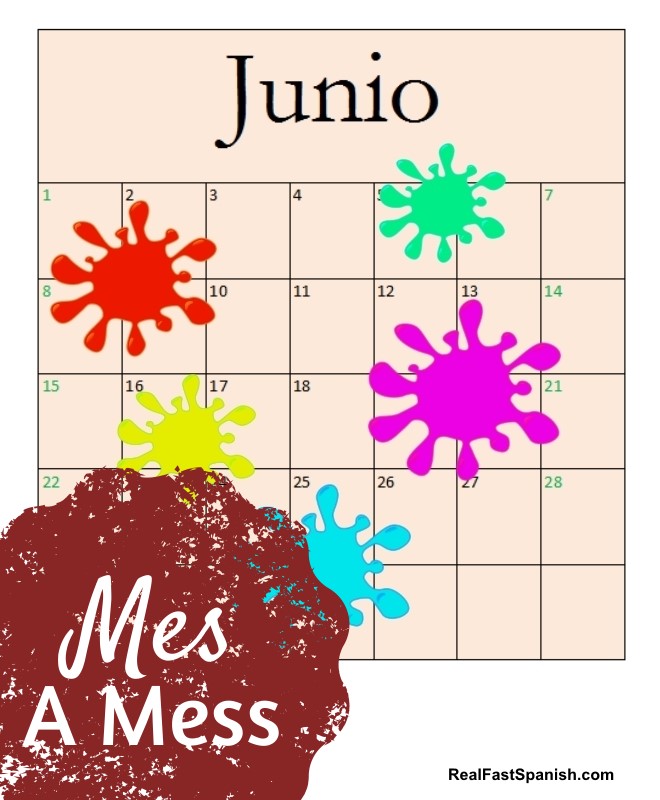
Todo (a to-do list) – Don’t forget to do everything on the list!
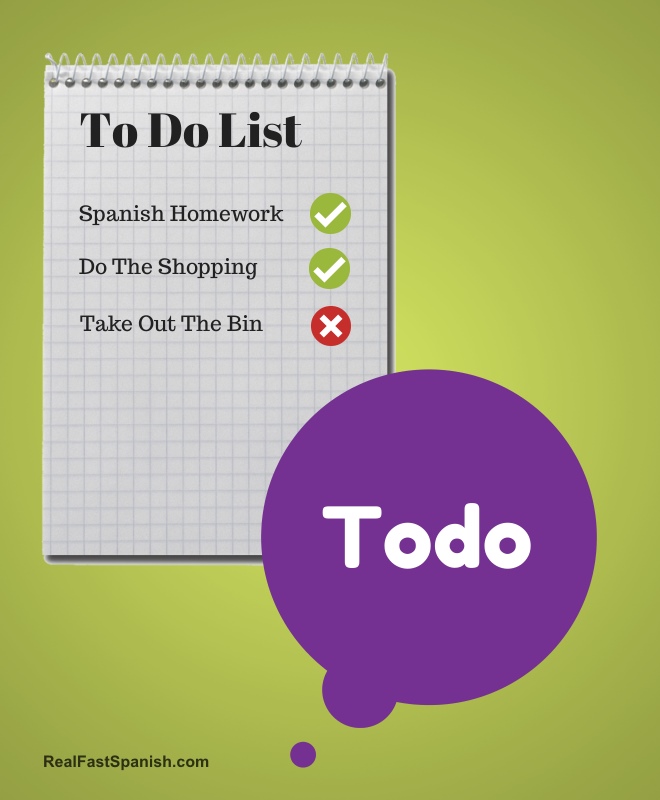
One final point is that a big key to the successful use of mnemonics is creating them for yourself. When they are meaningful to you then they will be easier to remember.
Mnemonics can also be great fun as you let your imagination run wild, remember the more unexpected or obscure the concept the easier it will be to remember.
What mnemonics can you create to improve your Spanish vocabulary?

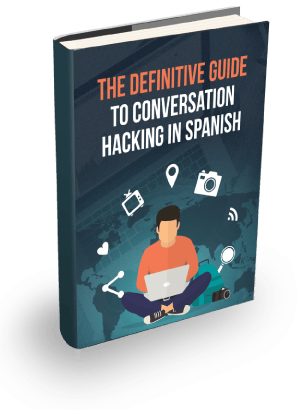

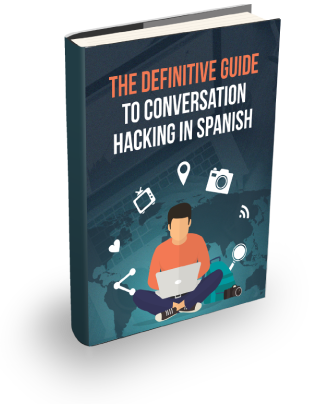
I don’t understand how you think acudieron sounds like “a suited deer”. I can only assume you must be mispronouncing the word with a soft c (‘s’ sound?) instead of the proper hard c (‘ck’ sound). When pronounced properly, it doesn’t sound anything like “a suited deer”.
Hola Colin, coming up with mnemonics is not a perfect science. And what works for one person doesn’t work for another. I also remember “engañar” by thinking about Genghis Khan inside the belly of a magician and “arreglar” by thinking of a “red galah” riding around on a fixie.
What are some mnemonics you can come up with? Maybe you can come up for a better mnemonic for remembering “acudir”?
Hi Andrew. Let me backtrack first and say that I think mnemonics are great. I use them all the time. In the end, whatever works for you individually is good, end of story. They are only there as a crutch anyway, to be used to the point where the word or concept becomes solid enough in your brain to be recalled on its own. The mnemonic can be anything that triggers your memory, it doesn’t matter what, but at the end of the day, if a piece of it is supposed to sound like a piece of the target word or concept, it should actually do so. You say, “I choose the image of a suited deer because when you hear ‘acudir’ said out loud it almost sounds like ‘a suit deer’”. But it actually doesn’t. The beginning of acudir sounds nothing like “a suite” because the c is hard, not soft. It would be closer to “ah coo”. Thinking of “a suit” is just going to lead me astray. If I was going to choose a mnemonic, I would probably try to build something off the phrase “a cute deer”. The u has the wrong sound, and the t is extraneous, but it’s much closer in the end, and I can easily use that as a stepping stone to the target word.
Anyway, whatever works. Here are a few mnemonics I remember using in the past:
I was trying to remember the two words for “cramp”, which are “el calambre” and “la rampa”. I made up the phrase, “it’s a calamity that I got a cramp on the ramp”. The “calam” in calamity was enough to remember “calambre”, and “ramp” was enough to remember “rampa”.
I was trying to memorize some slang and colloquial words, and for some reason, was always remembering “culazo” (ass) as “culoza”. I have no idea why, but I always inverted the ending. I though of the mnemonic “cul (ass) o”, and after that, I never had a problem remembering the right order.
“A cute deer” – I love it!!! Thanks for sharing!!
I also love your phrase for remembering “el calambre” — fantastic!
Thanks for the article! I wanted to share one I found helpful. When I first stared I couldn’t remember Quiero. It would not stick. My husband suggest thinking of a Key-Arrow to get at what I wanted. Key for getting what you want and arrow for directness. I laughed and it worked.
Thanks Rebecca, the response that makes you laugh is also another trick for making something more memorable. Thanks for sharing.